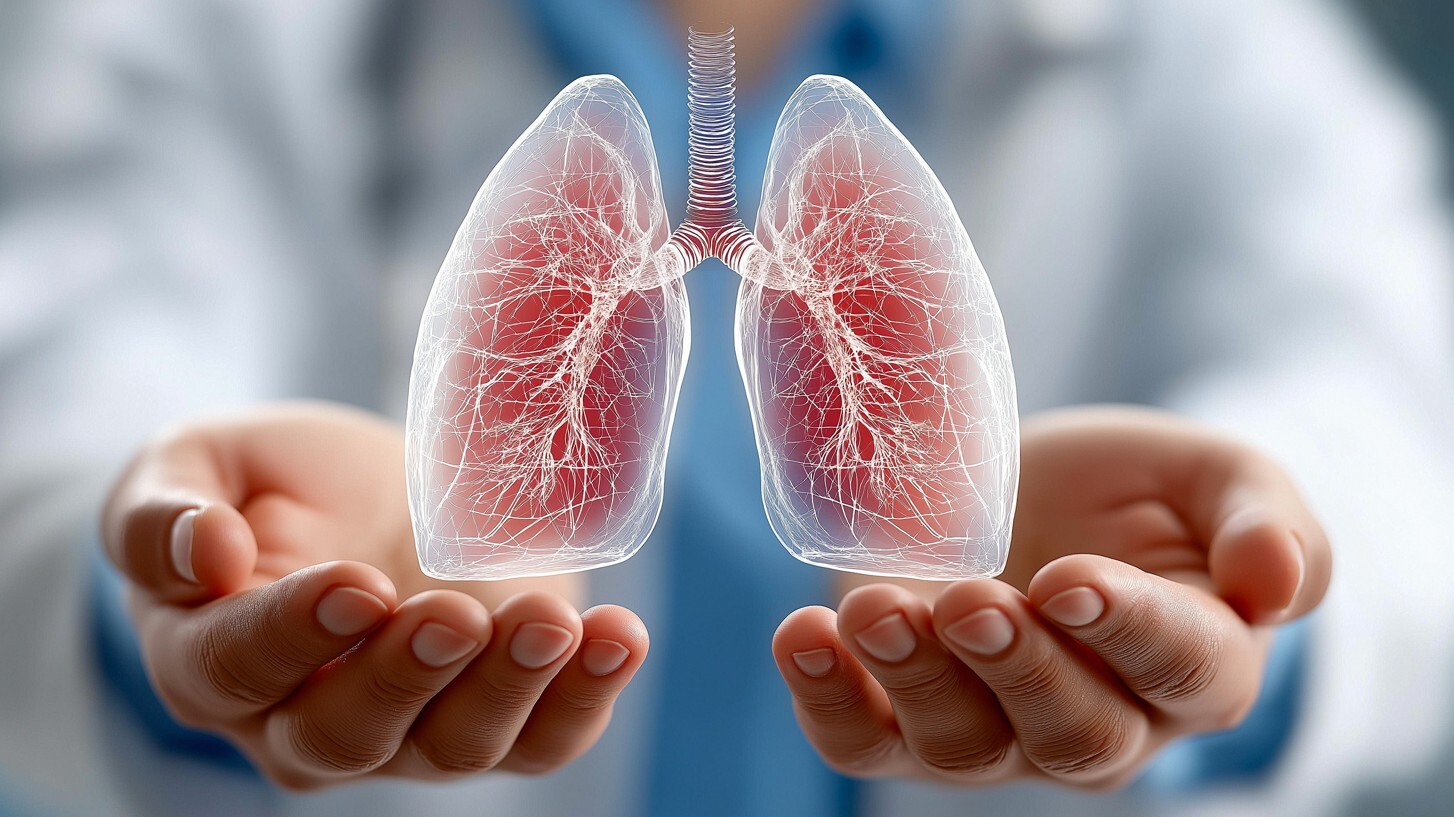Breath and Bacteria: What is Ventilator-Associated Pneumonia?
In healthcare, where saving lives is paramount, ventilators have been a lifesaving breakthrough for patients battling respiratory ailments. However, with this life-saving intervention comes a hidden danger – the potential development of Ventilator-Associated Pneumonia. In this blog, we will delve into the intricate details of what VAP is, how it manifests, the factors contributing to its occurrence, and, most importantly, the grave dangers it poses to already vulnerable patients.
What is the Illness Itself?
Ventilator-Associated Pneumonia, by definition, is pneumonia that occurs at least 48 hours after endotracheal intubation and mechanical ventilation. The incidence of VAP has also been observed to be more common among patients placed in ICUs, rather than general ward patients. Difficult to treat due to its heightened resistance to antibiotics, compared to other strains of pneumonia, the mortality rate is also higher than those of other hospital-acquired infections.
How Ventilators Can Cause Pneumonia
To understand how Ventilator-Associated Pneumonia (VAP) works and flourishes within the body, we must first understand the background behind ventilators. Ventilators are used for critically ill patients and utilize mechanical breathing to assist the respiratory system if needed. In more severe cases, ventilators use endotracheal tubes to directly deliver oxygen and/or mechanical ventilation to the patient's lungs. However, this increases the chances of bacteria entering the body for several reasons.
According to MSD Manuals, ventilator-associated pneumonia occurs in 9% to 27% of mechanically ventilated patients [1].
The Role of Endotracheal Tubes in Ventilator-Associated Pneumonia
VAP can occur in patients on ventilators through several means, but the most common is from the endotracheal tube. The body has several different means of defense against pathogens. Of these, several are present in the mouth, throat, and other areas of the upper airway. The endotracheal tube, however, directly bypasses the body's natural defenses and allows harmful bacteria to enter the respiratory system. Conclusively, the endotracheal tube compromises the immune system, increasing the risk of pneumonia and other respiratory illnesses.
Another way a patient might develop Ventilator-Associated Pneumonia is through bacterial colonies inside the endotracheal tube. Over time, biofilms (complex communities of microorganisms) can form on the surface of the endotracheal tube. These biofilms provide a protective environment for bacteria, making it difficult for antibiotics and the immune system to eliminate them.
Finally, medical workers may need to reposition the endotracheal tube at any point throughout a patient's intubation period. Whether because of a change in ventilator settings, suctioning, or just simple repositioning for the betterment of the patient, it does happen. Issues arise from repositioning due to the possible introduction of new bacteria or dislodgement of the aforementioned biofilms.
To reduce the incidence of VAP associated with endotracheal tubes, healthcare providers follow strict infection prevention protocols, maintain good oral hygiene in intubated patients, use closed suction systems, and assess the need for continued intubation regularly. Additionally, newer techniques and advancements in ventilation management aim to minimize the duration of intubation and promote early extubation when appropriate.
Aspiration: Contents Entering the Airway from the Stomach
Aspiration is a condition in which foods, stomach contents, or fluids are breathed into the lungs through the windpipe. When a patient is intubated, the risk of aspiration is increased, as the patient cannot easily swallow. Most commonly, the aspirated material comes from the stomach and digestive tract. If bacteria present in the aspirated material reach the lungs, it can lead to aspiration pneumonia.
Preventing aspiration is a priority in the care of ventilated patients, and healthcare providers work diligently to minimize its occurrence and its potential complications.
But Yes: Overall, Ventilators are Still Life-Saving Machines
To reduce the risk of VAP, healthcare providers follow strict infection control protocols, proper ventilator management, regular cleaning and maintenance of equipment, and strategies to prevent aspiration. Preventive measures are crucial to minimize the occurrence of VAP and improve patient outcomes in critical care settings. Even with these risks, ventilators are still used in critical situations where a patient needs respiratory assistance.
[1] Sethi, Sanjay. “Ventilator-Associated Pneumonia - Pulmonary Disorders.” MSD Manual Professional Edition, University and Buffalo, Jacobs School of Medicine and Biomedical Sciences, Feb. 2024.
If you have questions about the development process, feel free to reach out for help. We do hundreds of free consults every year to help guide innovators along their path of device development.

